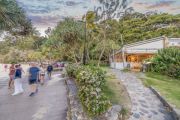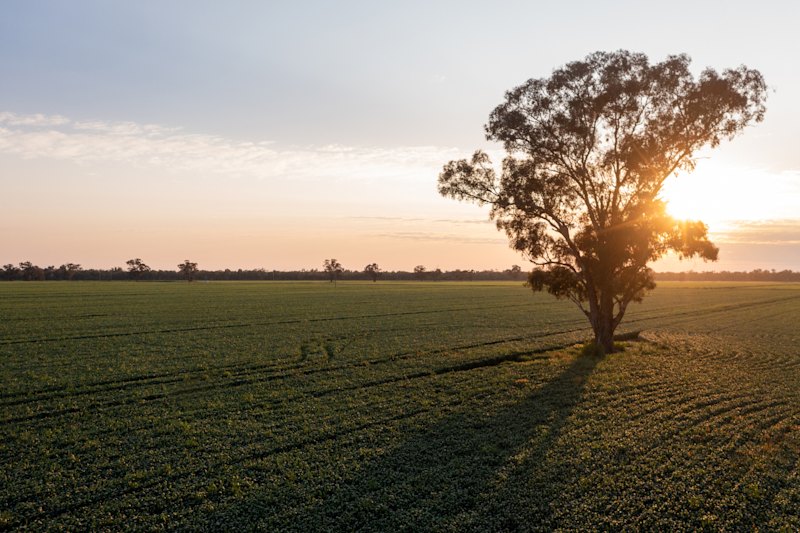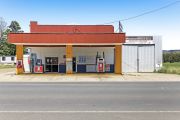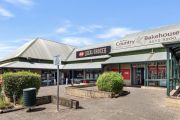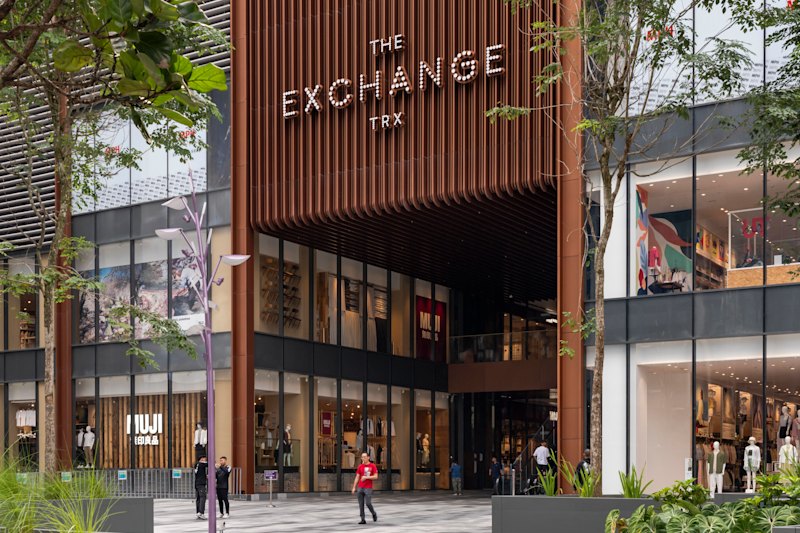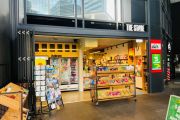
Why vacant offices and mixed-use buildings across Australia are being turned into medical centres
Vacant offices and mixed-use buildings around Australia are being increasingly sold or leased as medical and allied health premises as a way of maximising returns in the post-COVID-19 era.
It’s a move as popular with developers as it’s proving with investors, who both view such properties as COVID-safe, defensive assets.
“We’re seeing developers moving from office or mixed retail to more of a medical flavour,” said Alex Creswick of property valuation and advisory group Herron Todd White in Brisbane. “There’s a real difference in yields from offices of around 50 basis points.
“Private investors also want to choose medical tenants. We saw during COVID, the medical industry became more and more in demand, especially with allied health.”
In Brisbane, a number of offices have been strata-titled and then sold off to medical practitioners or complementary health professionals, from doctors and dentists to chiropractors, naturopaths and psychologists. Often, when one or two practices set up, others follow.
In addition, there’s been a lot of activity from doctors close to retirement age setting up five-year leasebacks and putting them to market.
“They might have been sitting on one block for the past 30 years,” said Mr Creswick.
“Banks are also lending doctors a lot, sometimes up to 100 per cent of the cost of a property. We had one GP who bought an old Chinese restaurant in Chermside and converted it to medical. You’re seeing yields stronger and firmer than either retail or office at the moment.”
With the rise in vacant office assets being purchased and repositioned as medical-related assets, there’s also been a significant lift in leasing demand for medical space.
The population’s changing demographics are a strong driver of medical and health assets, too, believes Tony Crabb, national director of research at Cushman & Wakefield. An ageing population and a much keener focus on health, partly as a result of the pandemic, means the outlook for the sector is sound.
“The demand for health services and facilities is only ever going to increase,” said Mr Crabb. “That’s generational, not just because of COVID.
“The private sector is continuing to expand, and there’s more pressure on the public sector.
“In the past, health services used to operate in shopping centres and retail locations, but they’re now more often being offered in repurposed office settings with osteopaths and physiotherapists and acupuncturists and massage therapists all having ‘rooms’ in office buildings.
“That’s happening in CBDs and also in the suburbs, close to where people live, and that’ll continue to be a boom time for the next three to four years with so much pent-up demand out there.”
It’s too early for any firm figures about how widespread this trend is, but anecdotally there’s been a lot of discussion about the potential, says Knight Frank chief economist and head of research Ben Burston.
“Anecdotally, you hear about the potential repurposing of assets in this way a lot because we’ve seen the pandemic shifting patterns of demand,” he said. “Certainly, people are looking at this, but it can be challenging to change the use of an office to medical.
“But medical investment tends to be secure and appealing as, regardless of what happens in our lives, you’re always going to need health services.”
If office buildings do fall vacant as a result of COVID, then it’s often impossible to convert them into residential use with so many local councils having strict guidelines on development. But converting them into medical uses can be a great deal simpler because it still represents employment land, says Michael Lochtenberg, a director in the Colliers International office leasing team in North Sydney.
“And health is a growing sector at the moment and is deemed critical infrastructure, so state planning people are more supportive of it,” he said. “It can lend itself to that purpose.
“But the main issue is how much does it need to be adapted? There may be problems with access, and it might need more street frontages to provide better ingress and egress and access to the ground plane. But it might be more complex if the premises are going to be used for overnight sleeping or surgical and general anaesthetics; the regulations may be more stringent.”
